The Bamboo Seed
Giant Bamboo Seeds - Giant Striped Bamboo Seeds - Gigantochloa bicolor
Giant Bamboo Seeds - Giant Striped Bamboo Seeds - Gigantochloa bicolor
Couldn't load pickup availability
Giant Striped Bamboo Seeds for Sale
- Quantity 30+ Gigantochloa bicolor bamboo seeds
- USDA Zones 9-12
- Height 50-70' / 25-21m
- Giant bamboo seeds
- Clumping bamboo seeds
- Tropical bamboo seeds
- Cold hardy to 25°F / -3.9°C
Giant Striped Bamboo or Gigantochloa bicolor bamboo is a captivating and distinctive bamboo species that's popular for its striking contrast of colors. Beautiful green and yellow striped culms characterize this clumping bamboo, which is cold hardy to 25°F. It's native to Southeast Asia and is often cherished for its ornamental qualities.

One of its standout features is the striking contrast between its canes (culms) and its leaves. The canes themselves are a beautiful deep green with variegated yellow stripes, and they tend to grow quite tall, typically reaching heights of 30 to 50 feet (9 to 15 meters). These canes are slender, with diameters ranging from 1 to 2 inches (2.5 to 5 centimeters), giving them an elegant and graceful appearance.
What truly sets Gigantochloa bicolor apart is its leaves. They have a mesmerizing bicolor pattern, hence the name. The upper side of the leaves is a rich dark green, while the underside features a stunning silver or white stripe running down the center. This creates a captivating and eye-catching contrast, making it a favorite among bamboo enthusiasts.

The combination of tall, graceful canes and these distinctive leaves makes Gigantochloa bicolor a fantastic choice for ornamental purposes in gardens and landscapes. It can be used to create privacy screens, windbreaks, or simply as an attractive focal point in your outdoor space.
In terms of characteristics, this bamboo is relatively hardy and can thrive in tropical and subtropical climates. It's known for its rapid growth, which is a common trait among many bamboo species. With proper care, it can quickly establish itself and create a lush, green haven in your garden.

One thing to keep in mind when cultivating Gigantochloa bicolor is that it's a clumping bamboo, meaning it forms dense, non-invasive clusters of canes. This makes it easier to manage in your garden and prevents it from spreading uncontrollably.
So, whether you're looking to add a touch of elegance and contrast to your landscape or simply want to appreciate the beauty of nature, Gigantochloa bicolor bamboo is a delightful choice that's sure to capture your heart.
About Gigantochloa Bamboo
Gigantochloa bamboo is known for large size and robust growth, are a diverse group of tropical clumping bamboos that are native to Southeast Asia. They are characterized by their tall and sturdy culms, which can reach heights of up to 100 feet or more, and their large, lush foliage. Gigantochloa bamboos such as Giant Striped are highly adaptable and can thrive in a variety of soil types and climates, from tropical rainforests to high-altitude regions. They are known for their rapid growth from bamboo seed to mature bamboo plant, with some species capable of growing several feet in just a few weeks. Gigantochloa bamboo seeds produce highly versatile bamboo varieties that can be used in a variety of ways, such as a privacy screen, a windbreak, or to create a natural border. Gigantochloa bamboo species are prized for their size, resilience, and versatility, making them a valuable addition to any garden or landscape.
Planting Non invasive Clumping Bamboo Seeds
Planting seeds for non-invasive clumping bamboo offers numerous benefits for gardeners and the environment alike. Firstly, clumping bamboos are known for their non-invasive growth habit, meaning they spread slowly and stay contained within their designated area, making them an excellent choice for landscaping and garden design. Secondly, clumping bamboo species are versatile and can be used in various ways, including as privacy screens, windbreaks, or to create natural borders. Thirdly, bamboo plants are highly adaptable and can thrive in a range of soil types and climates, from tropical to temperate regions.
Bamboo plants are known for their rapid growth, with some species capable of growing several feet in just a few weeks, providing a quick and effective way to create a lush and green landscape. Giant bamboo plants are also beneficial for the environment, as they absorb carbon dioxide and release oxygen, help prevent soil erosion, and provide habitat and food for wildlife. Planting seeds for non-invasive clumping bamboo offers numerous benefits for gardeners and the environment alike, making it an excellent choice for sustainable landscaping and garden design.
Why Choose Seeds for Giant Bamboo
As its name suggests, Gigantochloa bicolor giant bamboo is known for its impressive size, with culms (stems) that can grow up to 100 feet or more in height and 6 inches in diameter. It is characterized by its large, lance-shaped leaves that can grow up to 14 inches long and 4 inches wide.
Giant bamboo is highly adaptable and can thrive in a variety of soil types and climates, from tropical rainforests to high-altitude regions. It is a fast-growing species, with new culms capable of growing several feet in just a few weeks. Giant bamboo such as Gigantochloa bicolor is also highly versatile and can be used in a variety of ways, including as a privacy screen, windbreak, or to create natural borders. It's a valuable source of timber, with culms that are used for construction, furniture, and crafts.
Growing Giant bamboo from seed contributes positively to a healthy ecosystem, providing habitat and food for wildlife. Giant bamboo is a remarkable and versatile species that plays a significant role in the environment and is highly valued for its size, resilience, and utility.


Collections
-
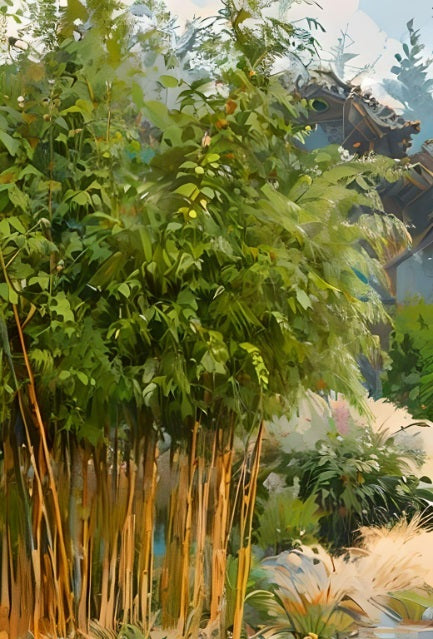
All Bamboo Seeds for Sale
Fall has arrived in the northern latitudes! For many bamboo enthusiasts this...
-
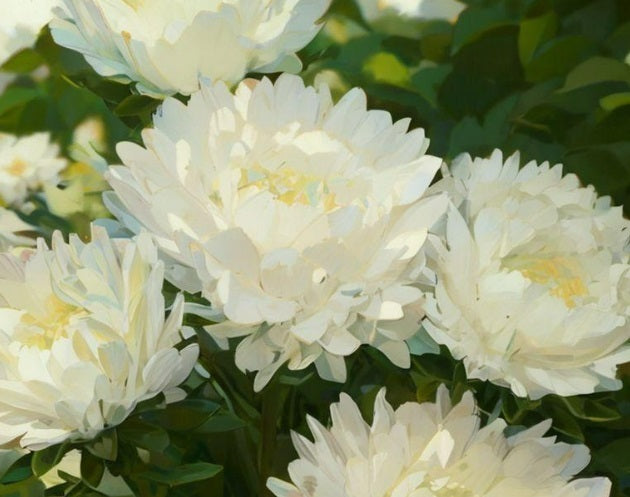
All Flower Seeds
Thoughtfully curated flowers, plants and bushes that beautifully complement your bamboo garden...
-
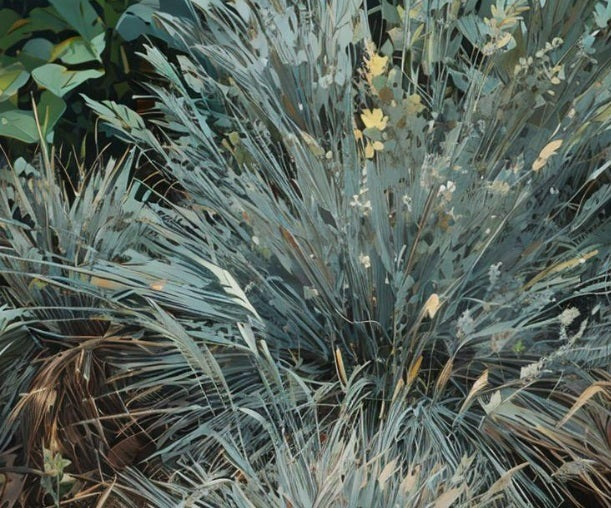
All Ornamental Grass Seeds
Grass has finally come into its own as a garden landscape centerpiece....
-
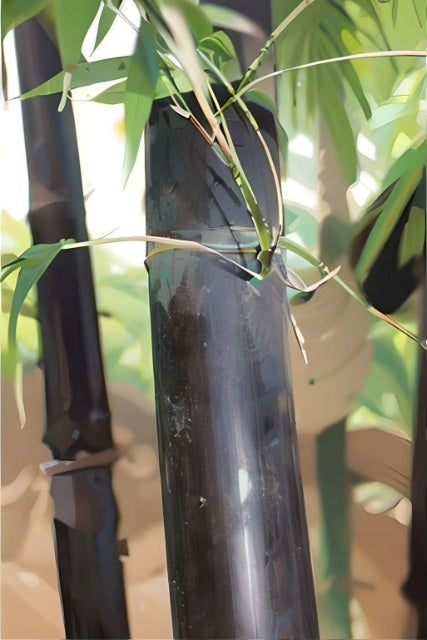
Black Bamboo Seeds
Consider Black Bamboo seeds for eye-catching bamboo varieties with lustrous black, dark...
-
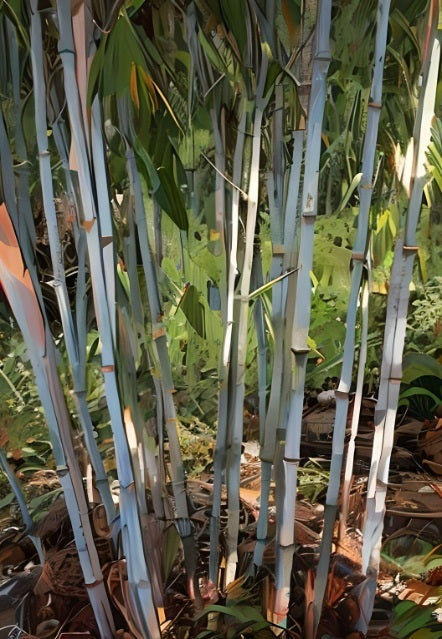
Clumping Bamboo Seeds
Clumping bamboo species grow in dense clumps or clusters that are naturally...
-
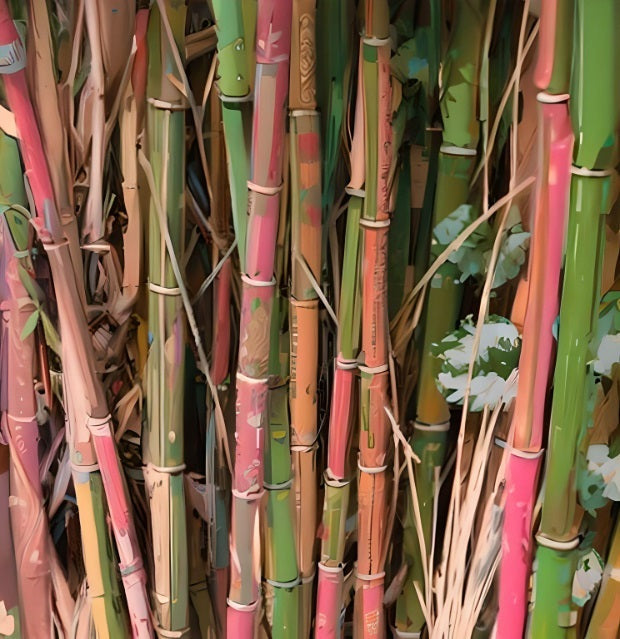
Cold Hardy Bamboo Seeds
A selection of cold resistant bamboo seeds for hardy bamboo able to...
-
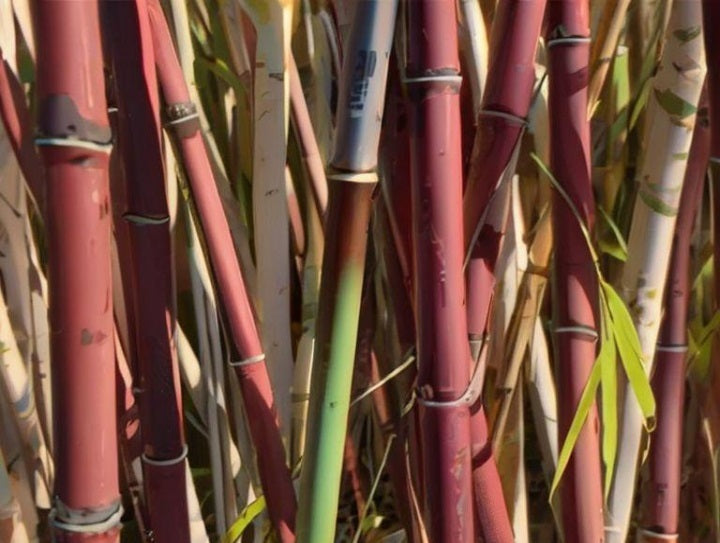
Fargesia Bamboo Seeds - Clumping and Cold Hardy
Buy bamboo seeds for beautiful cold hardy and clumping Fargesia bamboo. Our...
-
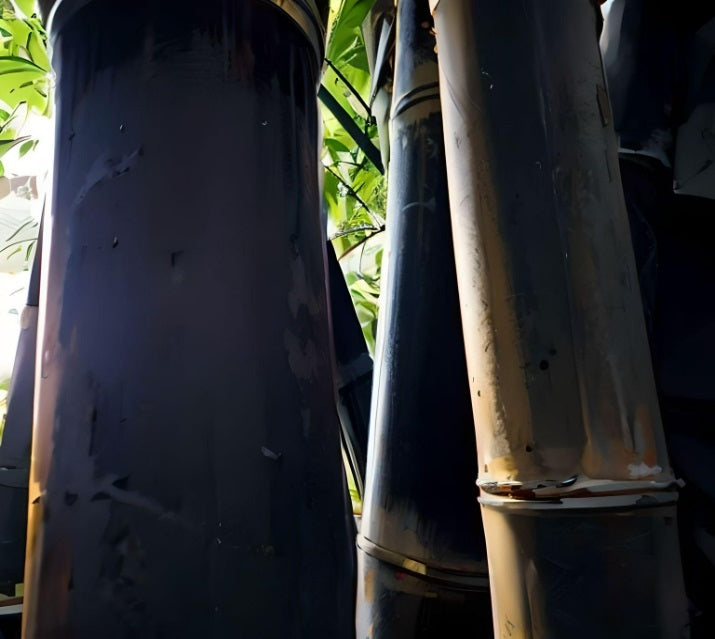
Giant Bamboo Seeds
When you're looking for impressive size with ample shade below, consider fastest...
-
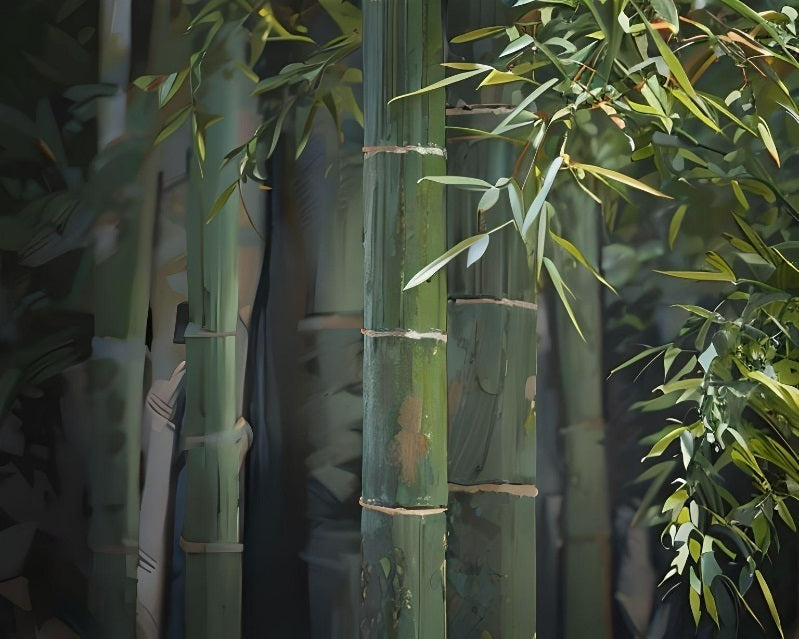
Running Bamboo Seeds
Running bamboo spreads through underground runners, known as rhizomes. These rhizomes can...
-
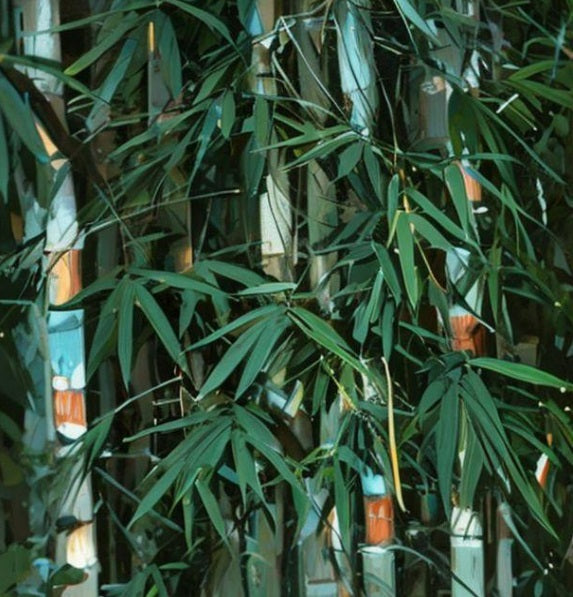
Tropical Bamboo Seeds
Our curated selection of tropical bamboo seeds best suited for planting in...












